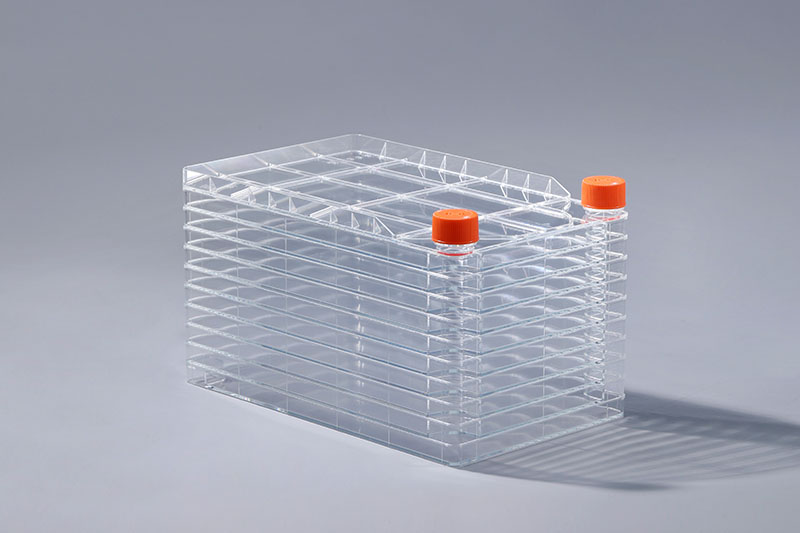Cell factory배양 기술은 많은 대규모 배양에 일반적으로 사용되는 배양 방법입니다. 세포를 배양할 때 세포의 정상적인 성장과 번식을 방해하는 많은 요인의 영향을 받습니다. 방사선과 초음파가 그 중 하나입니다.
가시광선: 가시광선의 파장은 390~780nm입니다. 다양한 색상의 빛은 세포 변성을 유발하고 핵 분열의 간기를 연장하며 세포가 벽에 부착하는 능력을 현저히 감소시킬 수 있습니다. 따라서 세포의 in vitro 배양을 위해 세포공장을 이용할 경우 직사광선을 피하고 가능한 한 어두운 곳에서 배양하거나 단기간 보관해야 한다.
자외선: 세포 약한 자외선에 강한 내성을 가진 세포는 별로 변하지 않지만 민감한 세포는 손상을 입습니다. 자외선이 강할 때 분리된 세포는 다음을 나타냅니다. 완전한 유사분열을 수행할 수 없습니다. 이수증은 유사 분열 동안 증가합니다. 세포질 수포는 유사 분열 동안 감소합니다. 조사된 표면에 수포가 형성되고 그 후 세포 확장 및 더 많은 손상이 발생합니다.
방사선: X선은 세포에 명백한 손상을 주고, B선은 핵 분열에 영향을 미칠 수 있으며, R선은 핵 분열의 수를 감소시키고 비정상적인 핵 분열을 일으켜 세포 사멸을 일으킬 수 있습니다.
초음파: 초음파 진동 아래에서 세포가 곧 파열되고 세포질이 처음에는 무질서하게 흐르고 원형질의 콜로이드 구조도 크게 변할 것입니다. 초음파 진동이 멈추면 복원될 수 있습니다. 세포 사멸의 원인은 캐비테이션 때문입니다. 초음파가 2.5W/cm2이면 세포가 손상되고 염색체에 이상이 있습니다. 핵염색체가 가장 먼저 일그러집니다.
방사선과 초음파는 세포 배양을 위해 세포 공장을 사용할 때 중요한 요소입니다. 또한 온도, 삼투압 및 pH 값과 같은 요인도 세포의 성장과 번식에 영향을 미칩니다. 이러한 요인을 제어하면 정상적인 세포 성장을 보장할 수 있습니다.
The FAI climbed 5.9 percent year-on-year in the first 11 months of 2018, quickening from the 5.7-percent growth in Jan-Oct, the National Bureau of Statistics (NBS) said Friday in an online statement.
The key indicator of investment, dubbed a major growth driver, hit the bottom in August and has since started to rebound steadily.
In the face of emerging economic challenges home and abroad, China has stepped up efforts to stabilize investment, in particular rolling out measures to motivate private investors and channel funds into infrastructure.
Friday's data showed private investment, accounting for more than 60 percent of the total FAI, expanded by a brisk 8.7 percent.
NBS spokesperson Mao Shengyong said funds into weak economic links registered rapid increases as investment in environmental protection and agriculture jumped 42 percent and 12.5 percent respectively, much faster than the average.
In breakdown, investment in high-tech and equipment manufacturing remained vigorous with 16.1-percent and 11.6-percent increases respectively in the first 11 months. Infrastructure investment gained 3.7 percent, staying flat. Investment in property development rose 9.7 percent, also unchanged.
 English
English



















































